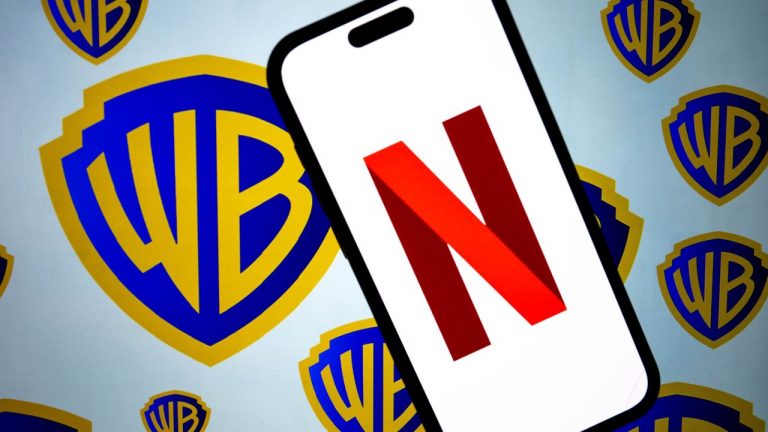Lasers—pretty cool, eh? NASA’s Jet Propulsion Laboratory (JPL) had previously figured out to use lasers to beam a video of Taters the cat through space to the Psyche spacecraft, which at the time was around 30 million kilometres away. For Americans and Brits, that’s really far away in miles. Today, however, JPL has figured out it can use lasers to communicate with that same craft now that it’s over seven times further away and still score a 25 Mbps connection.
The Pysche craft is around 226 million kilometres (140 million miles) away from Earth. It’s somewhere just outside of the orbit of Mars, on its way to visit an asteroid of the same name in an asteroid belt between Mars and Jupiter. Despite being so bloody far away, data streaming is working a-okay.
The Psyche craft was able to send and receive information from NASA JPL’s high-power uplink laser facility in Wrightwood, California at around 25 Mbps in a test on April 8. That means, even at this mind-boggling distance, it remains comparable to domestic broadband.
Though at that sort of distance, using a light-based comms system, you’re looking at something like a 750 second ping, or 12.5 minutes. Darn pesky speed of light. That’s some monumental lag.
The sending and receiving part is important. Previously, Taters the cat footage was received from the spacecraft after being loaded onto it while it was still on Earth. Since then, JPL has proven it’s possible to send data to the craft and receive data from the craft, even in the same night, in what it calls a “turnaround experiment.”
Don’t you just love how pictures of cats are being used to push the boundaries of communication in space?
NASA was expecting the connection speed to collapse at such great distances, down around the 1 Mbps mark. Though thanks to great conditions on the day of the test, the data transfer rate actually exceeded expectations.
“After receiving the data from the DSN and Palomar, we verified the optically downlinked data at JPL,” said Ken Andrews, project flight operations lead at JPL (via Tom’s Hardware). “It was a small amount of data downlinked over a short time frame, but the fact we’re doing this now has surpassed all of our expectations.”
(Image credit: NASA/JPL-Caltech)
Speeds may slow if the skies aren’t quite as clear: while traditional radio systems cannot transmit data at the same rate, they are able to work relatively well with even mixed conditions on planet Earth. To get around this, JPL led an experiment using both the JPL laser facility and the DSN Goldstone Deep Space Communications Complex, also in California, to combine receiving the same signal. This helps increase signal strength and reduce the impact of adverse weather, and ‘arraying’ further facilities could further improve reliability.
(Image credit: ASA/Bill Stafford/Josh Valcarcel)
In other tech news out of NASA, the space agency has also been incorporating virtual reality headsets into its training program for astronauts readying to board the Gateway lunar space station. Unlike previous space stations, which orbit Earth, Gateway will orbit the Moon. NASA’s astronauts will be up in Gateway for some time, and to prepare for that, it’s strapped HTC Vive headsets to their faces and sent them into a reimagined VR version.
This feels like the sort of use that VR evangelists were shouting about back in the early days of virtual reality, and here it has come to fruition. Sadly, however, NASA appears to be using Vive Pro headsets, rather than the aptly-named Vive Cosmos—missed an opportunity there.












